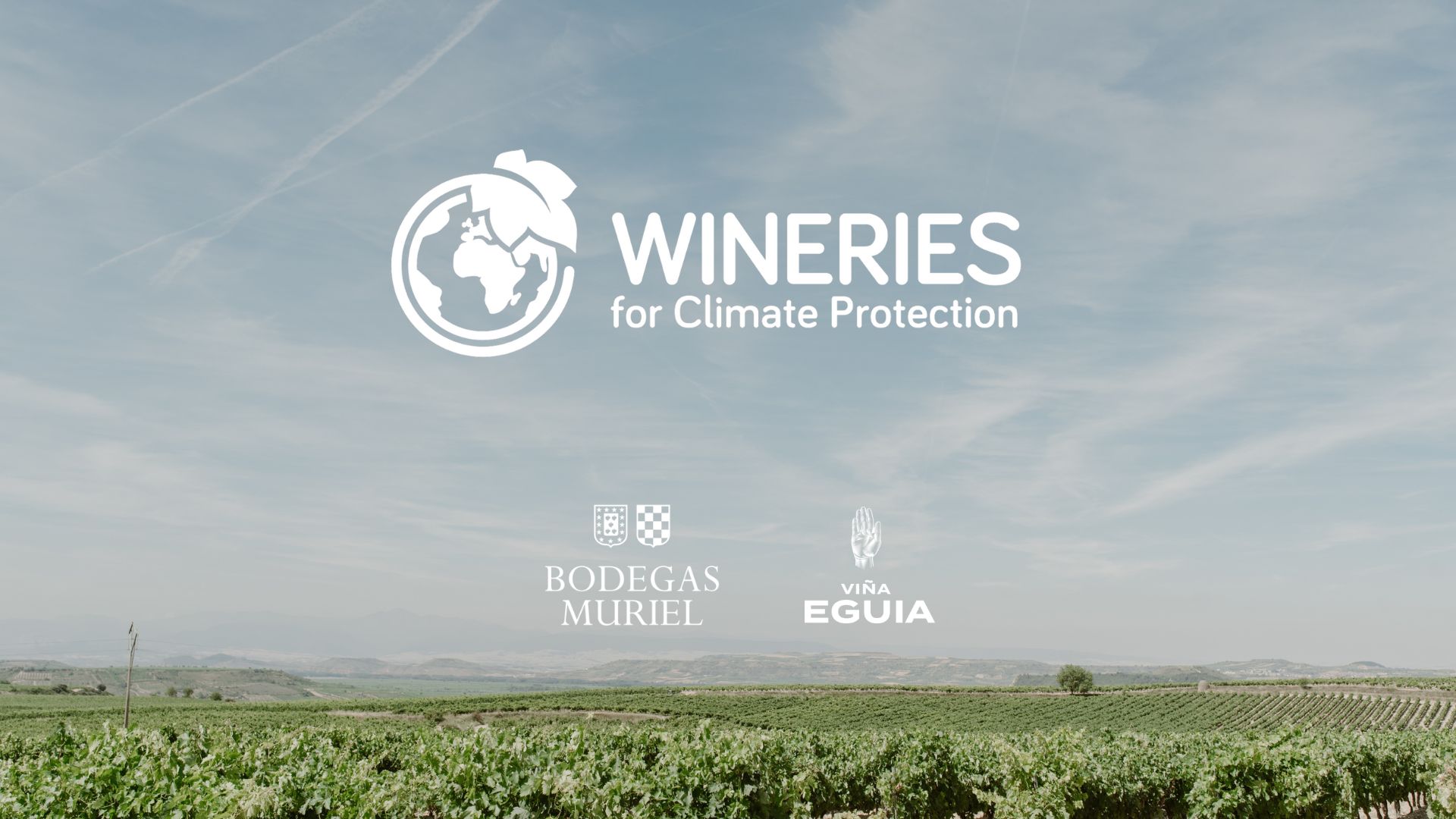Why does Tempranillo deserves a Tempranillo Day?
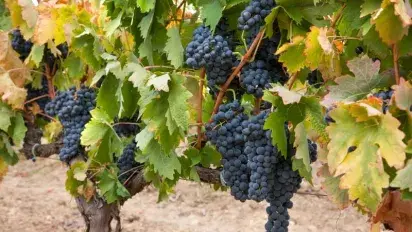
Traditional as well as international. The most widespread red grape in Spain
The majority of the greatest Spanish wines are made of Tempranillo grapes, those that reach the highest scores. This is the case, among others, of Viña Muriel Gran Reserva 2006 (94 Suckling points and 94 Decanter points), Muriel Viñas Viejas Gran Reserva 2010 (93 Meininger points) and Conde de los Andes 2001 (94 Parker points). But at the same time Tempranillo is usually the type of wine we find for an affordable price in most of our stores, bars and restaurants.
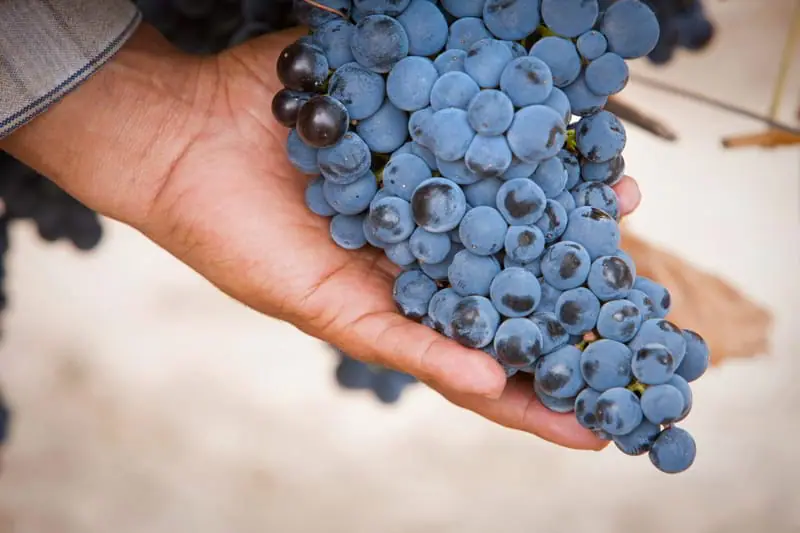
What has made this grape such a widespread and popular variety? Surely, its great versatility: it is able to adapt to different places and climates, and to express itself in very different ways.
The best face of Tempranillo appears when grown in the appropriate terroirs, under a cool climate and with marked temperature oscillation between day and night. Also when its performance is not forced. And, of course, when the vines reach a certain age. Then the Tempranillo reds can achieve remarkable virtues: balance, very pleasant fruit notes, spicy nuances and structure.
This is what happens in Rioja's best vineyards and in most singular estates, where Tempranillo vines display a kind of total connection with the clay-calcareous soils and the Mediterranean climate with some Atlantic influence, due to the northern latitude and the proximity to the Gulf of Biscay. An area that perfectly exemplifies this adaptation to terroir is our estate in El Gallo, in Elciego, where we grow 24 hectares of Tempranillo planted mostly in 1973. As Chema Ryan, winemaker of Muriel Wines, says, El Gallo is ?an icon that represents the essence of Rioja Alavesa Tempranillo ?. And why? Very easy, for Chema ?it is the grape that reminds me of the traditional flavours. If you ask me to define a Tempranillo wine from Rioja Alavesa and specifically from Elciego, I go to those old vines of El Gallo. ?
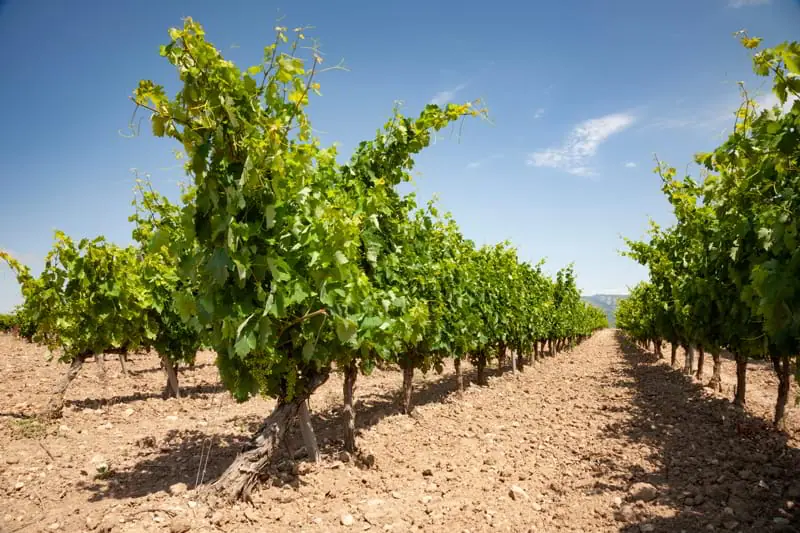 Hileras de cepas de tempranillo en la zona de El Gallo, en Elciego (Rioja Alavesa)
Hileras de cepas de tempranillo en la zona de El Gallo, en Elciego (Rioja Alavesa)Throughout Spain, the extension of Tempranillo vineyards adds up to the overwhelming 215,000 hectares. As the size of a small province. It is very present in all the producing regions of the Northern Meseta highlands: Arlanza, Toro, Cigales and, of course, Ribera del Duero. It is also common in La Mancha. In Portugal it is called Aragon or Tinta Roriz, depending on the area. There are even modern Tempranillo plantations in Australia and the United States. But it is in our sunny slopes of Rioja Alavesa, in the hills and terraced plots that overlook the ravines that descend from the Cantabria and Toloño mountain ranges, where the Tempranillo reaches the summit of affinity with the climate and the terroir. And the proof of this unparalleled harmony are wines of a unique world-class balance and finesse.
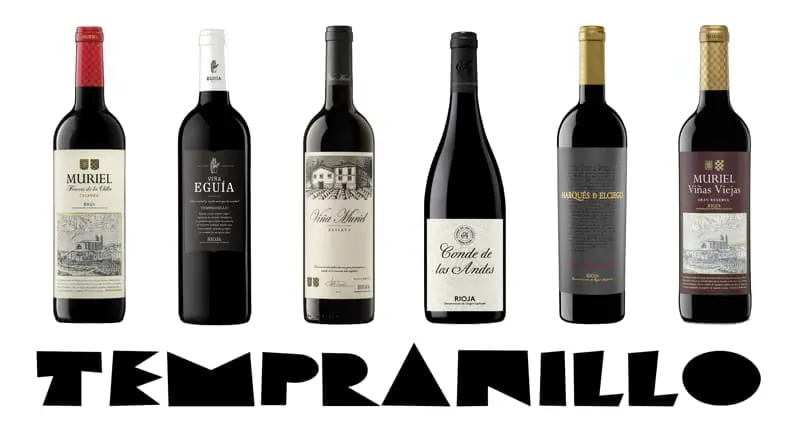 "
"
You may also be interested in:


